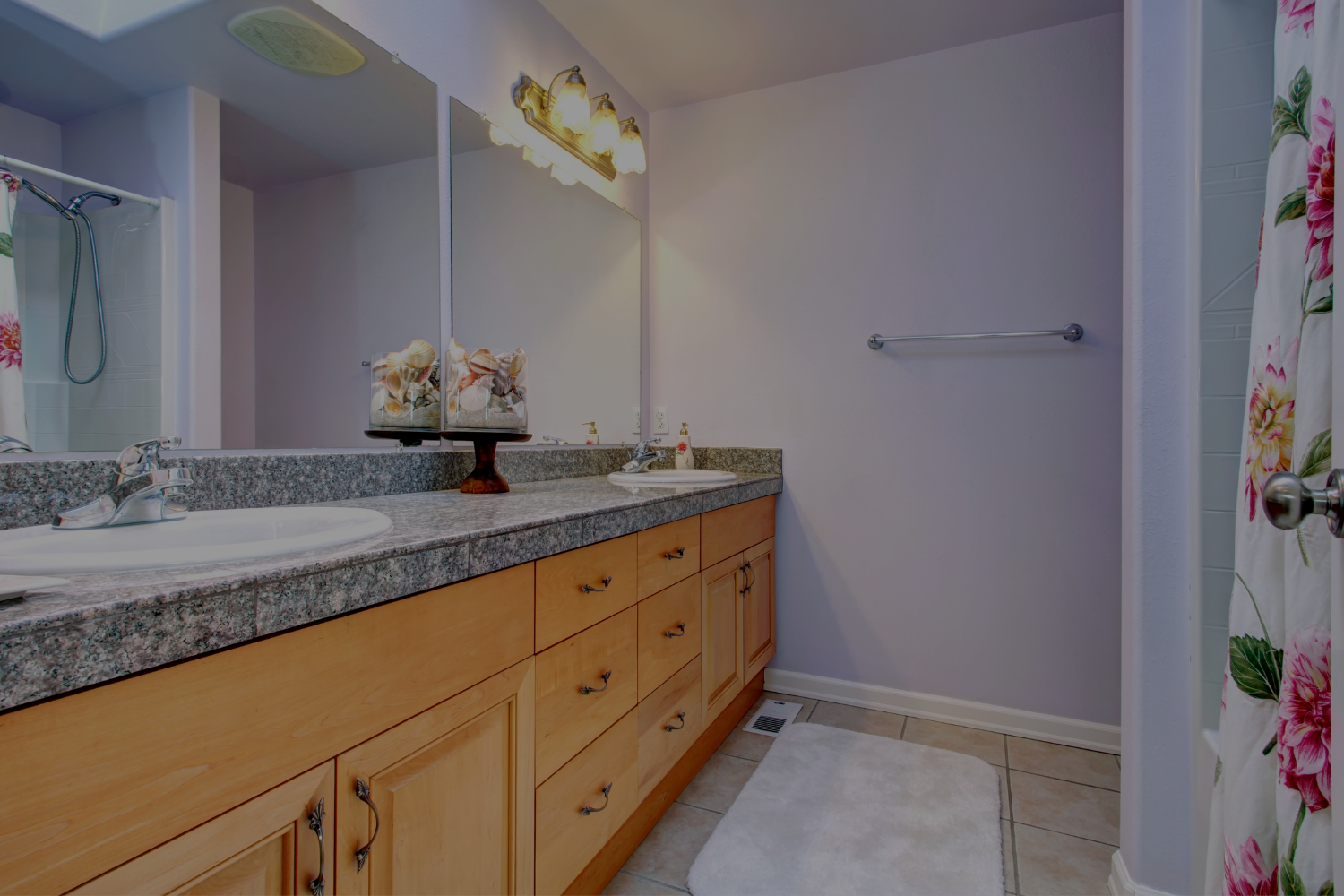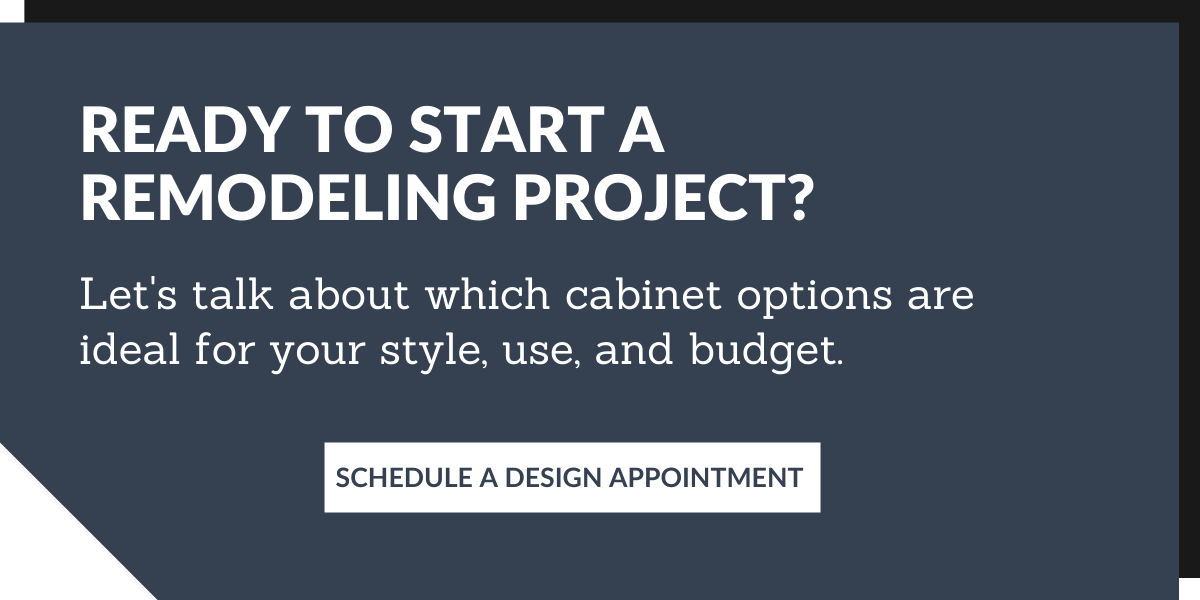How to Choose the Perfect Bathroom Lighting
December 28, 2020You may not realize it, but your bathroom lighting can be one of the most important parts of your morning and evening routines. In general, humans spend an average of four hours a week on grooming, which adds up pretty quickly. In a 75-year lifetime, the typical person would spend a total of 1.8 years getting ready for the day!
Investing in quality lighting for your bathroom can have a big impact on your daily routine over time. We’ll go over some of the science behind colour temperature, as well as how you can use it to improve your time in the bathroom and your sleep cycle overall.
Colour Temperature Basics
Usually, your bathroom is one of the first places you’re exposed to when you wake up and one of the last places you visit at night before bed. This means that your bathroom lighting can play a big part in fine-tuning your circadian rhythm (which is your sleep-wake cycle), especially if you have trouble sleeping.
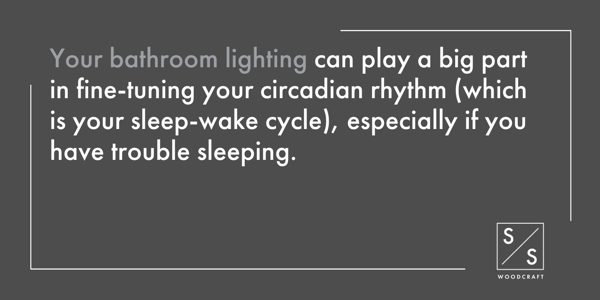
Understanding the science behind colour temperature is one of the first steps toward getting your bathroom light right. The brightness of a bulb is determined by lumens. The higher the lumens, the brighter the bulb. Additionally, a light’s colour is measured using Kelvin. The higher the value, the “cooler” the colour, and the more bluish tones it has. Lower Kelvin values have “warmer,” more orange tones. These numbers - along with your wall colour, light fixtures, mirrors, and other design elements - will determine how much light you get in your bathroom.
There are a wide variety of light bulbs and light fixtures on the market that help create certain types of ambiance. Some of the most common options include soft white, warm white, daylight, and bright white.
Soft White (2,700 to 3,000 Kelvin)
Soft white bulbs are typically the warmest option you’ll find in stores. These emit the cozy, yellowish-gold tones of traditional incandescent bulbs. Though they often look great in living rooms and bedrooms, soft white bulbs might not be the best choice for a bathroom. They tint everything yellowish-orange, making it difficult to do your makeup and other grooming accurately.
Warm White (3,000 to 4,000 Kelvin)
Warm white bulbs are not as yellow as soft white bulbs, but they’re not harsh, either. These are great choices for kitchens and bathrooms - anywhere you want to have good lighting without being overwhelmed. A typical bathroom setup benefits from warm white lighting.
Bright White (4,000 to 5,000 Kelvin)
Bright white bulbs have both blue and white tones. These colours wake up your body and encourage energy and work. Think garages, offices, transport hubs, and other busy spaces- most of these places use bright white bulbs.
Daylight (5,000 to 6,500 Kelvin)
Daylight bulbs are the coolest option on this list, emitting strong blue tones. Daylight bulbs can be a great addition to your bathroom in some situations. They’re often helpful for applying makeup because they don’t have the same yellow tones as other bulbs. Additionally, daylight bulbs are useful for combating seasonal affective disorder during the winter. They mimic the UV signature of outdoor light, helping encourage your body to produce more Vitamin D.
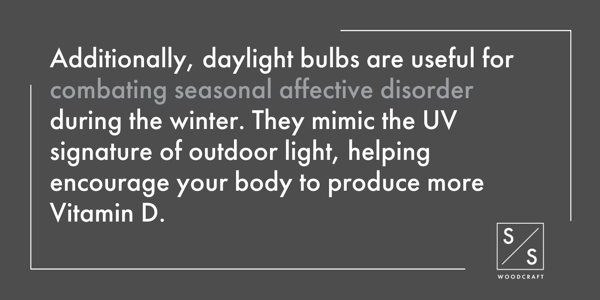
How to Personalize Your Lighting for Your Needs
If you love to spend time getting ready in the morning or you have trouble sleeping, you may be interested in personalizing your bathroom lighting for your needs. Here are a few ideas that will help you get the most out of your light fixtures.
Dimmable or Interchangeable Lights
Dimmable lights can help wake you up in the morning or get to sleep at night. Add a dimmer switch so that you can control the brightness of your bathroom lights at any time. You can also install different sets of bulbs for different times of day - warm colours for the evening and brighter bulbs for the morning.
Add a Lighted Mirror
There are plenty of lighted mirrors on the market that help with makeup application and hairstyling. These mirrors are usually surrounded by small bulbs that mimic daylight, helping you get a good idea of what your makeup will look like outside of your bathroom. Pair a lighted mirror with warmer bulbs in your bathroom light fixtures to get the best of both worlds.
Customize Your Decor
Your decor can have just as big of an impact on your bathroom lighting as your choice of bulb. Here are some design suggestions to help you get your lighting just right.
Mirrors Brighten Things Up
Because mirrors reflect light, they add brightness and space anywhere you put them. This is a great way to make small, dim bathrooms feel larger. Adding mirrors in a warmer, cozier bathroom can also create a reflective candlelight effect.
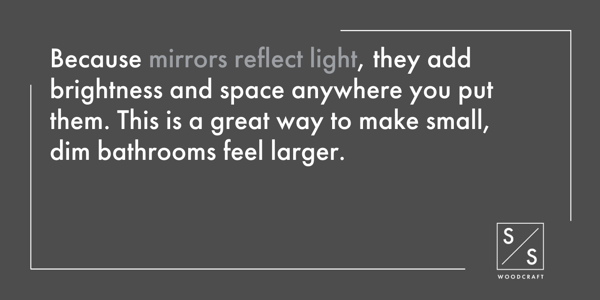
Wall Colours Will Change With Lighting
Your bathroom wall colours will look different depending on the type of bulb you choose. Warmer colours will add yellowish hues to your space, while cooler bulbs will add blue. Before you repaint your bathroom walls, spot-test your color under your new lighting to make sure you like how it’ll appear.
Fixtures Can Absorb or Reflect Light
Your bathroom fixtures - i.e. your sink, toilet, shower, etc. - can absorb or reflect light, depending on their finishes. White fixtures reflect light, as do lighter colours and shiny metals. Matte materials like stone or tile - or darker fixtures, like antique brass - absorb light from the room and make it appear darker. Keep these rules in mind when mixing and matching your bathroom fixtures.
When in Doubt, Reach Out
Finding the perfect combination of bathroom fixtures to achieve your desired outcome can be a bit overwhelming, so stop by our showroom for a 3D rendering of your new space. We can help show you how different lighting will impact the look of your bathroom so that you can wake up and go to bed comfortably every day.
S&S Woodcraft does kitchen renovations in Cold Lake and Edmonton, AB. If you're looking for more information or design examples, schedule a free, no-obligation design meeting with our team.
.png)
